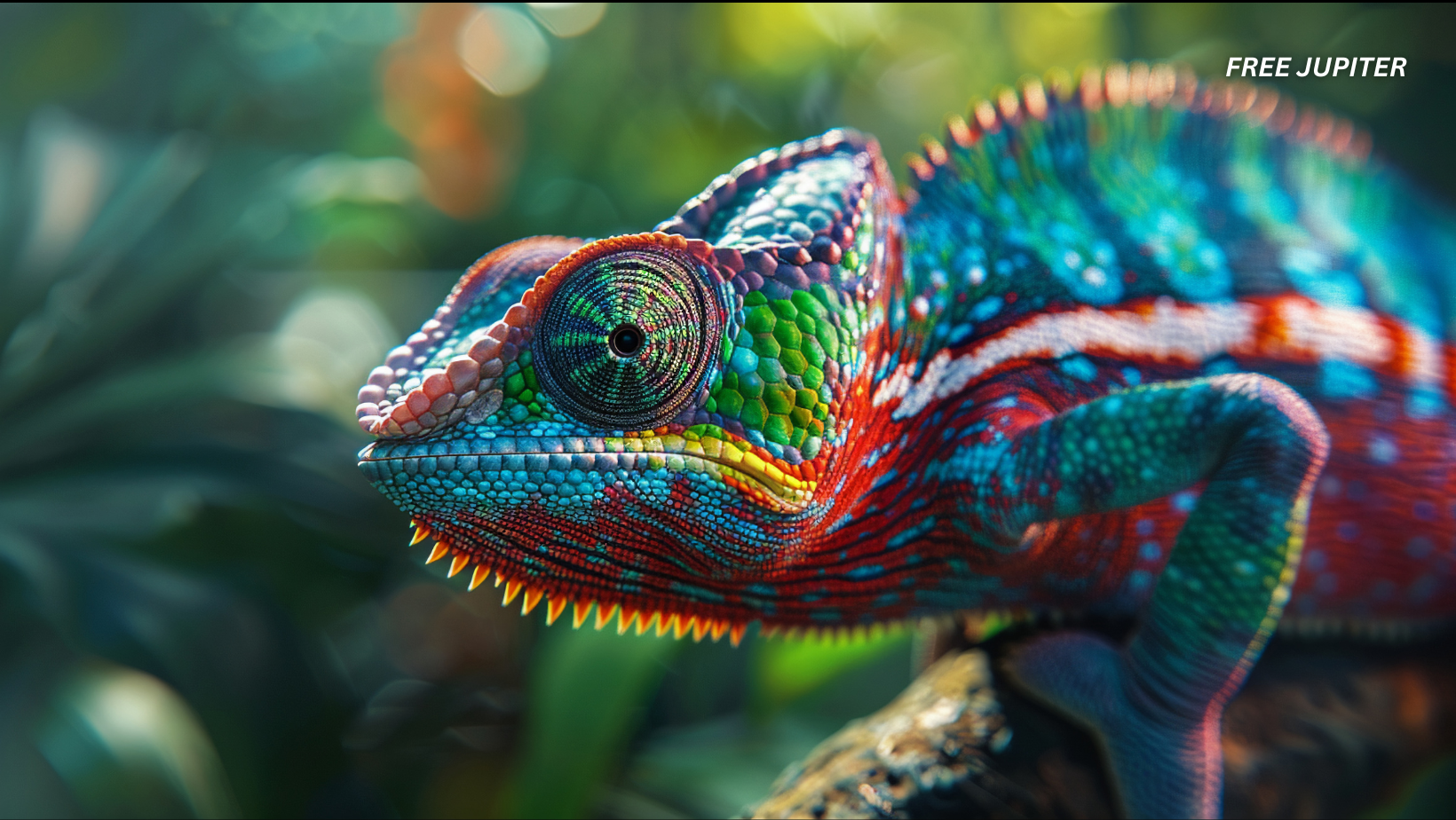Friendly Note: FreeJupiter.com shares general info for curious minds 🌟 Please fact-check all claims—and always check health matters with a professional 💙
Human beings have a talent for collecting facts — or at least things we think are facts. We’re curious by nature, eager to understand our world, and quick to share what we’ve learned. Over time, certain bits of information get passed along so many times that they become unquestioned truths. Teachers repeat them, parents tell them to children, and now the internet amplifies them to millions in seconds.
But here’s the twist: not all of these “truths” stand up to scrutiny. Some are based on outdated studies, others on misunderstandings, and a few are just plain legends that never had much evidence to begin with. The good news is that digging into the reality behind these myths often reveals stories that are even more interesting than the falsehoods.
Here’s a deeper look at seven common “facts” — why they took root, and what’s actually true.
1. St. Patrick Was Irish — Or Was He?
It’s tempting to picture St. Patrick as the quintessential Irishman — walking through green hills, preaching in lilting Gaelic, banishing snakes with a wave of his staff. After all, his feast day on March 17th is the most famous celebration in Ireland, complete with parades, shamrocks, and a splash of Guinness for good measure.
But historically, Patrick wasn’t Irish at all. Born in the late 4th or early 5th century in Roman Britain — most likely in what is now Scotland or Wales — he was the son of a Roman official. At age 14 or so, Irish raiders captured him during a coastal attack and sold him into slavery. For six years, he worked as a shepherd in rural Ireland, surviving harsh weather and isolation.
Patrick eventually escaped, reportedly guided by a dream, and returned home. Most people would have stayed far away from the place of their captivity, but Patrick felt a spiritual calling to return. He trained as a Christian missionary and eventually came back to Ireland, where he spent decades preaching, converting locals, and establishing churches.
The irony is hard to miss: one of Ireland’s most celebrated figures started out as a foreign captive. Yet it’s his life in Ireland, not his birthplace, that earned him sainthood and made him an enduring national symbol.
Read more: People Are Just Finding Out What the ‘I’m Not a Robot’ Button Really Does
2. Sugar Turns Kids into Hyperactive Tornadoes
The belief that sugar fuels hyperactive behavior in children is practically universal among parents. Birthday parties are often followed by the knowing phrase, “They’re on a sugar high.” The idea feels logical: sugar gives energy, so more sugar must mean more energy.
The myth gained traction in the 1970s after a single case study suggested a connection between sugar intake and behavioral problems in one child. But when scientists looked for broader evidence, they found none. Multiple controlled studies have since shown that sugar doesn’t cause hyperactivity in most children.
One clever experiment even tricked parents into thinking their kids had consumed sugary drinks. The drinks were sugar-free, but when parents thought sugar was involved, they still reported their children as being “wilder” — a classic case of expectation bias.
This doesn’t mean sugar is harmless. Too much can lead to obesity, tooth decay, and other health problems. But if your child is bouncing off the walls at a party, it’s probably the excitement, noise, and running around — not just the cake.
3. Your Head Is a Heat-Loss Superhighway
You’ve probably heard the cold-weather warning: If you don’t wear a hat, you’ll lose most of your body heat through your head. The idea sounds reasonable — after all, the head feels important, and it’s exposed in winter.
But the numbers tell a different story. The head accounts for only about 10% of the body’s surface area. For it to be responsible for 75% of heat loss, it would have to lose heat many times faster than the rest of your body — and that’s not how human physiology works.
Heat escapes evenly through skin all over the body via conduction (touching cold objects), convection (air or water movement), radiation (infrared heat leaving the body), and evaporation (sweating). The head may feel like a hotspot because it’s often uncovered, but if you went outside in freezing weather wearing only a hat and nothing else, the rest of your body would chill far faster.
So yes, hats are great for warmth — but don’t skip the coat and gloves.
Read more: AI Taught Itself to Be Evil—What Could Possibly Go Wrong?
4. Chameleons Are Masters of Camouflage
Popular imagination paints chameleons as tiny reptilian magicians, vanishing into their surroundings by perfectly matching any background. But their color-changing ability isn’t primarily for hiding — it’s a form of communication and body temperature control.
When a chameleon changes color, it’s often sending a signal to other chameleons — showing dominance, readiness to mate, or stress. They also shift shades to absorb or reflect heat, helping regulate their internal temperature.
True camouflage champions are cuttlefish. These marine animals have specialized skin cells called chromatophores, which contain pigments that can expand or contract to change color. They can also adjust skin texture, creating patterns and even bumps to mimic rocks, sand, or coral. If a cuttlefish wanted to hide from you, it could practically vanish before your eyes.
5. Humans Have Only Five Senses
In school, the “five senses” are a tidy, easy-to-remember list: sight, hearing, taste, smell, and touch. But in reality, human sensory perception is far more complex.
Neuroscientists recognize anywhere from 22 to 33 senses, depending on how they’re defined. Beyond the classics, we have:
- Equilibrioception – balance and spatial orientation
- Proprioception – knowing where your limbs are without looking
- Thermoception – sensing heat or cold
- Nociception – detecting pain
- Chronoception – perceiving time passing
These extra senses are constantly at work in the background. Without proprioception, for instance, you’d have to watch your feet every time you took a step. Without equilibrioception, even standing upright would feel like balancing on a moving train.
6. The Great Wall of China Is Visible from Space
This “fact” has been a favorite in trivia games for decades: the Great Wall is the only man-made structure visible from space with the naked eye. Unfortunately, it’s not true — at least not without some technological help.
From orbit, the Wall is simply too narrow and blends too closely in color with its surroundings. Astronauts aboard the International Space Station can sometimes photograph it, but they use high-powered cameras, ideal lighting conditions, and know exactly where to look.
That’s not to say the Wall isn’t extraordinary — it stretches over 21,000 kilometers and took centuries to build. But if you were floating in space hoping to spot it unaided, you’d be better off looking for city lights at night.
7. Chimpanzees Have More Hair Than Humans
When you see a chimpanzee, its thick fur seems to cover every inch of skin, while humans look relatively bare. But here’s the surprise: humans and chimps have about the same number of hair follicles — roughly five million.
The difference is in the hair itself. Human body hair is usually finer, shorter, and lighter in color, making it less visible. Chimps’ hair is thicker and coarser, forming a more obvious coat.
In fact, apart from our palms and soles, nearly every inch of human skin has hair. Under the right lighting, even “hairless” areas reveal a fine fuzz — a reminder that we’re still part of the primate family, just with a different grooming style.
Read more: Willie Nelson, 92, Brings Fans to Tears with Once-In-A-Lifetime Concert Performance
Why These Myths Stick Around
Many of these misconceptions survive because they’re easy to remember, sound plausible, and are repeated without question. They also often carry emotional or cultural weight — like the romantic image of St. Patrick as Irish-born, or the fun “sugar high” excuse at kids’ parties.
But challenging these ideas doesn’t make them less interesting. In fact, the real stories behind them are often richer, stranger, and more human than the myths themselves. Sometimes, the truth is even better than the legend.










